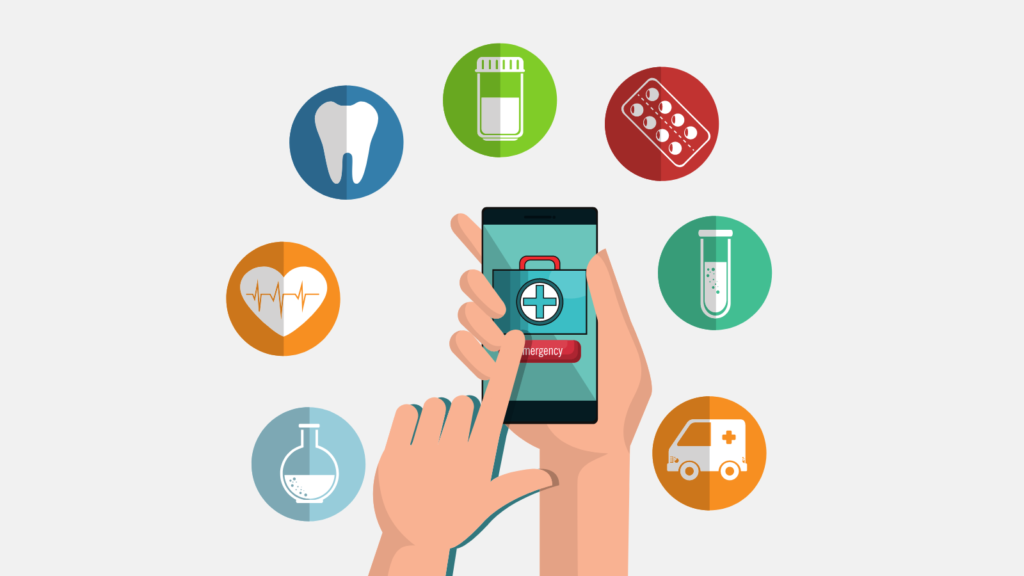
The turbulent year of 2020 is finally behind us. It has indeed been a trying time for us all, both personally and professionally. As we move into the new year, there’s considerable hope that the availability of COVID-19 vaccines will bring an end to the pandemic and a return to some form of normalcy.
Healthcare has faced extreme challenges as the pandemic brought to light weaknesses within the system. I envision 2021 as a year that will be defined by recovery in healthcare – a recovery fueled by health technology.
The pandemic has accelerated a digital transformation throughout the industry. As healthcare providers navigate their way out of the pandemic, there are three major trends they will need to confront: consumerism, operating margin pressure, and cybersecurity threats. Health technology will be key to helping them manage these issues.
A Bigger Push for Consumerism
While there had already been a steady movement toward more patient-centered healthcare, COVID-19 triggered a surge of consumerism. A dramatic digital shift transpired as providers adjusted to meet patient needs and expectations. Telehealth services took off as government waivers enabled reimbursement.
In 2021 and beyond, patients will continue to demand consumer experiences similar to what they receive in other industries, such as retail and banking. As a result, healthcare providers will need to take on a customer experience mindset, strategically implementing advanced health technology solutions that facilitate access to care across the patient journey.
The price transparency mandates provide an excellent springboard from which to improve the customer experience. By offering patients up-front pricing information and creating a consumer-centered digital financial experience, providers can differentiate themselves in the competitive healthcare marketplace and drive patient acquisition. They will find it easier to offer complementary services that bring incremental revenue. Better yet, they will be fostering trust, improving patient satisfaction, and securing patient loyalty.
Pressure on Operating Margins
Cancelled or rescheduled elective procedures and delayed routine care caused patient volumes to plummet in 2020. The loss of privately insured patients put additional downward pressure on operating margins.
With only a month or two of cash on hand, many medical practices are on the economic brink. In fact, an estimated 16,000 physician practices have already closed and more than 100 hospitals have entered bankruptcy or shut their doors under the stress of the pandemic.
Many providers have had to lay off or furlough their employees just to stay afloat, but as the pandemic wears on, it won’t be enough. In 2021, providers will have to seek out new efficiencies and opportunities for growth. This may involve changing service models, partnering with other providers and implementing digital resources to improve patient access and care.
Increasing Cybersecurity Threats
From scheduling appointments online and paying bills remotely to automating claims processes and sharing health data, technology provides many benefits to providers and consumers of healthcare services.
An analysis by Gartner projects that enterprise software will have a strong rebound in 2021 partially because of the acceleration of digitalization efforts to support virtual healthcare services and leveraging “hyperautomation” to meet pandemic-driven demands.
Striking a balance between healthcare data privacy and access continues to be a complicated undertaking. There’s been a reported 45% increase in cyber-attacks against healthcare organizations since the beginning of November.
As health technology plays an integral role in the healthcare industry’s recovery, securing provider and patient data will be more critical than ever.
The Case for Interoperable Health Technology
So how can providers provide a good customer experience, while protecting operating margins and data privacy as we move beyond the pandemic? Interoperability.
I’ve previously written about the importance of building a strong health IT ecosystem. Interoperability is a win-win for patients and providers. The creation of a data-sharing environment empowers providers to achieve greater efficiencies, an excellent patient experience, and better financial health – all while ensuring the security of sensitive data.
There’s little doubt that the aftermath of the pandemic will impact healthcare delivery for years to come. Embracing health technology and laying a solid foundation of interoperability will enable healthcare organizations to recover and emerge stronger in 2021.
Is your healthcare organization looking for a way to create a payment ecosystem that meets patients where they are in 2021? HealthPay24 can help. You can learn more about getting started right here.
